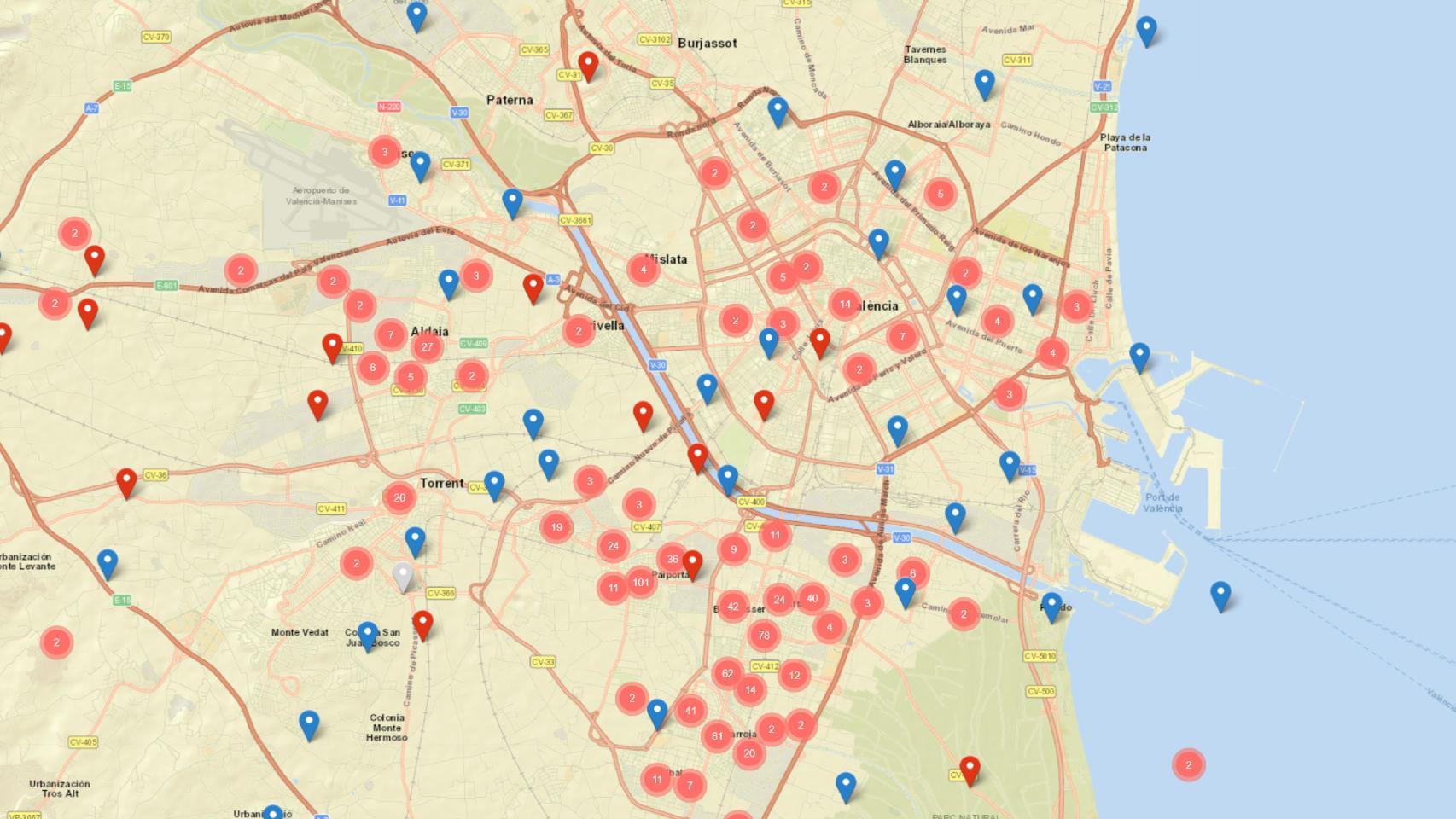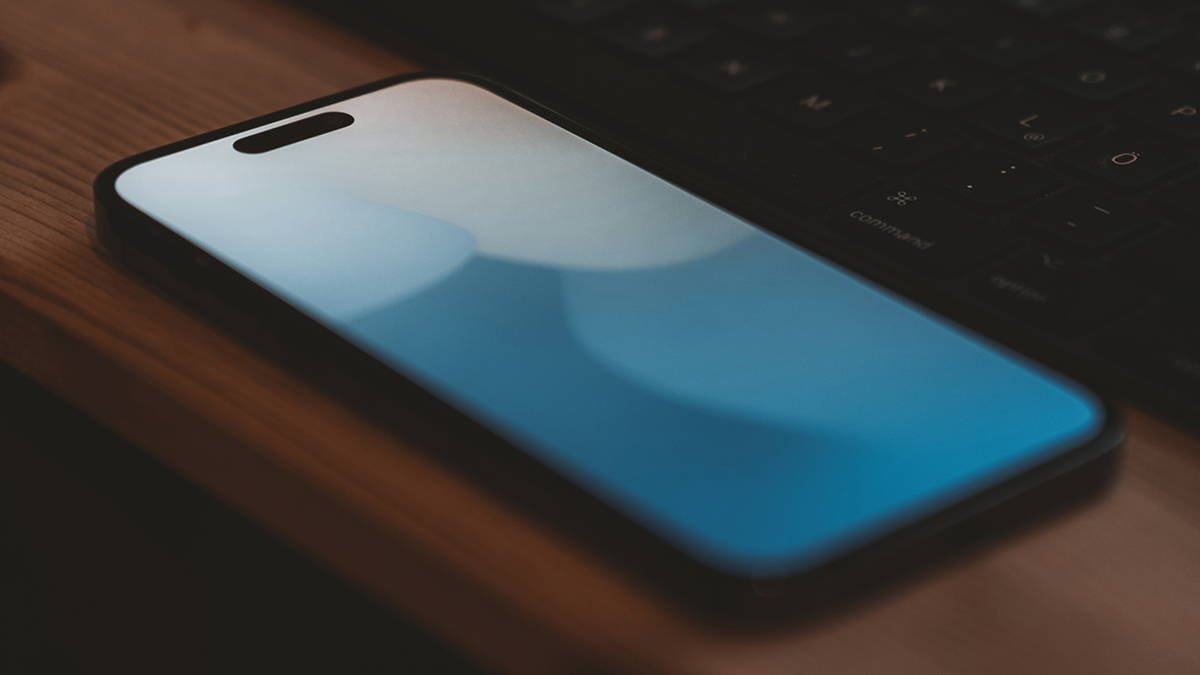Android 13 has been with us for a while and will continue to be updated, following the launch of QPR1, the big quarterly review for Google Pixels, hidden secrets have been uncovered with features that come to life, like desktop mode.
Although Android 13 seems to us to be the most annoying update, this may change and a new desktop mode has been found. Some manufacturers already integrate this mode to transform the mobile into a personal computer. But what many want is native supportwas present in previous versions but it reappears now.
Desktop mode returns in Android 13 QPR1

As we mentioned, there are already several attempts to bring native desktop mode to Android, but so far it hasn’t been successful. In Android 12L, it could be enabled by displaying a desktop more similar to that of traditional computers, highlighted toolbar with a start button.
Well, in the source code of the latest version of Android, QPR1, the desktop mode has been found. Google is still working on it, but still reserve it for developers to experiment with applications and their adaptation. For now, users have to wait, but it shows that Google is taking this seriously.

The new desktop mode of Android 13 QPR1 is hidden behind various hidden options, when enabled, this mode appears in the developer quick settings panel. Once the switch appears, we can click on it to activate the desktop mode. This does not mean that the final option should be activated in this way, in fact, Google can only allow this mode when it detects a USB-C connection with video outputwe’ll see.
For starters, the system hides the split screen option in the recent apps menu, it looks like Google wants apps to work and have a desktop mode, bypassing the normal interface. This function would therefore be redundant.
In this sense too we lose the window maximize button, a questionable change since it is very useful when we have to use a full screen application. It only makes sense knowing that this function is being tested. The internal Android team seems to handle several options and in the current version it works like that.
More hidden secrets: taskbar, screensavers, custom clocks and more

The other hidden secrets of Android 13 QPR1 do not leave us indifferent: we have a taskbar that can be activated via an option (before we had to make some adjustments to the DPI), a new screen saver mode, custom clocks and a few other functions.
-
New screen saver mode will turn your phone or tablet into a Nest Hub: Google is testing this feature where your device will display the information as if it were a smart screen. We can see the information at a glance or add widgets.
-
Another hidden function allows us to change clock style for lock screen. In Android 10 this option was experimented with but it was abandoned, now it returns in Android 13 to allow us greater customization of our lock screen.
The new SystemUI screensaver when you connect your tablet and the ambient light is low. pic.twitter.com/QjtbR6mo4k
— Mishaal Rahman (@MishaalRahman) October 5, 2022
-
In this latest version it has also been detected that we can do a Partial screen recording that does not capture all screen content but this only cuts the application we want to capture. It is very useful when we make a recording but we do not want to show all the content on the screen of our device, thus avoiding sharing private information.
-
On the other hand, Google has added support for its VPN in the Pixel 7, but there is more and that is that in the code there are indications of a feature called “Advanced VPN”. This beacon comes as a separate app from the VPN settings that already exist on Android, the advanced features it has are still unknown, but it may be related to the arrival of Google One VPN.

As we have seen, the latest Android 13 update brings hidden secrets with features still in development that may see the light of day in the future. We like to see these types of news before it’s published. We are still waiting news that can change the way we use our mobile.
Through | Wait









